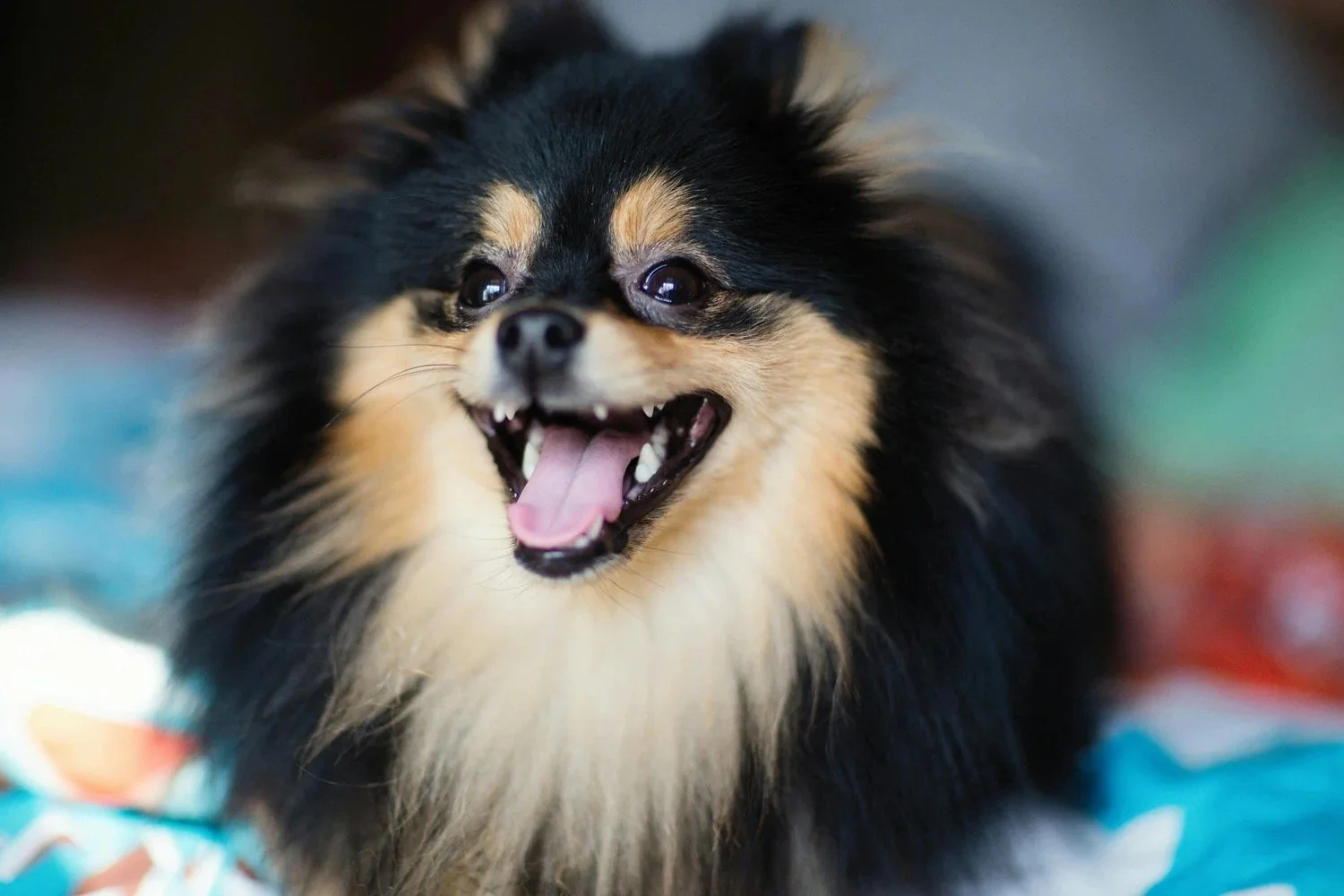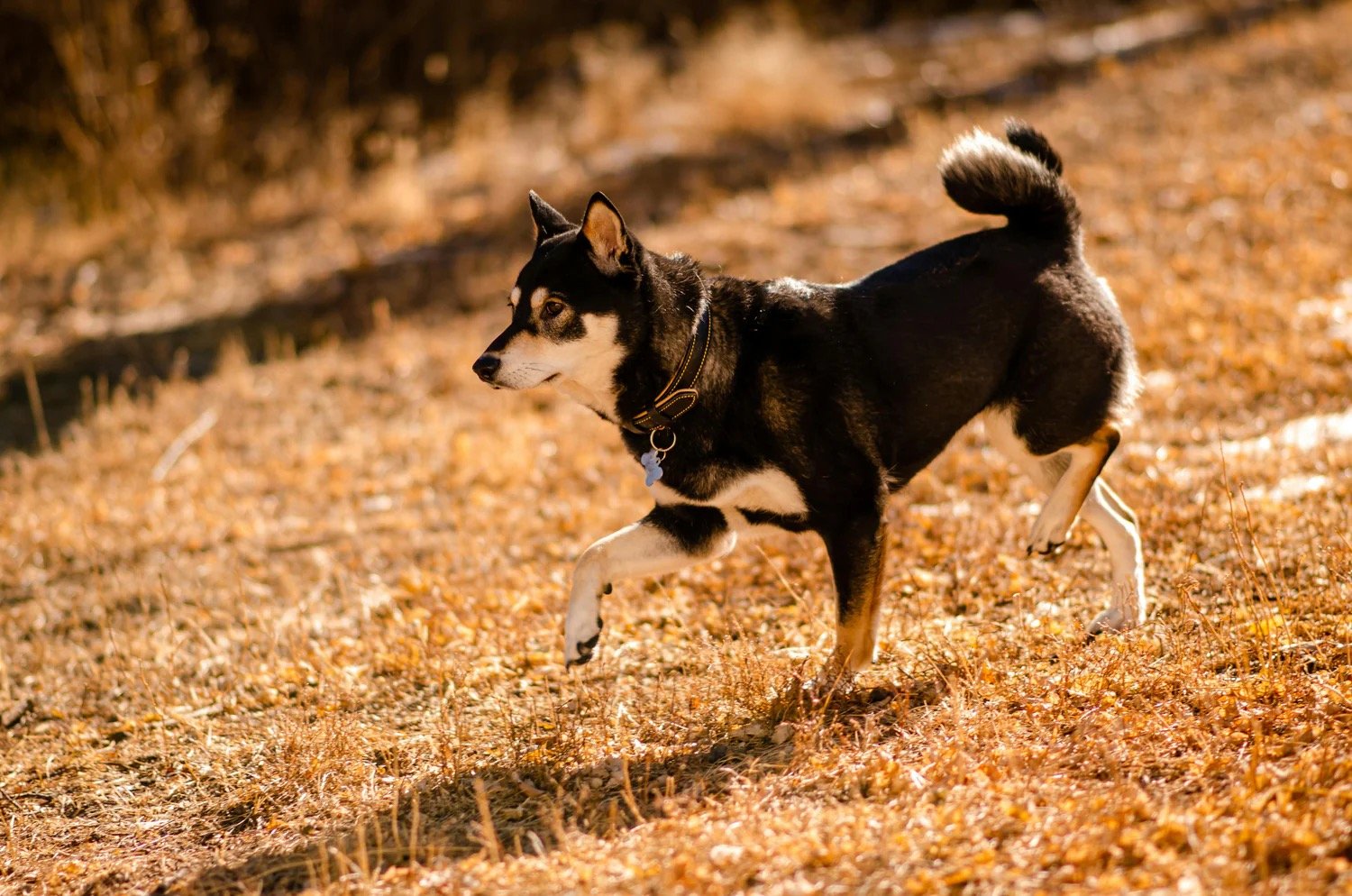Why Dogs Become Reactive
Wondering why your dog has become reactive? Learn the key causes, from lack of socialization and traumatic experiences to genetic predisposition and medical issues. Discover expert insights on understanding and managing reactive behavior in dogs.
Tips on How to Read The Body Language of a Fearful Dog
Fearful dogs communicate their stress through subtle body language cues. From tucked tails to pinned ears and whale eyes, understanding these signals helps us respond with compassion and create safer, more supportive environments for our dogs.
How To Teach Your Dog to Wear a Muzzle
Teaching your dog to wear a muzzle doesn’t have to be stressful—for you or your pup. With patience and positive reinforcement, you can help your dog feel comfortable and confident wearing a muzzle, making vet visits, grooming, or walks safer and more manageable for everyone.
Dog Reactivity Caused by Lack of Socialisation
Discover how lack of early socialization plays a major role in dog reactivity. Learn why those critical early weeks matter and how even older dogs can overcome fear-based behaviors with the right approach. Perfect for any dog owner looking to better understand and support their reactive pup.
Training Dogs With E-Collars vs. Positive Reinforcement
Shock collars may suppress unwanted behaviors, but at a steep cost to your dog's well-being. Studies show these tools increase stress, fear, and tension—while positive reinforcement creates confident, connected, and happy dogs. Discover why science and compassion both point to a better way to train.
What is a Dog Behaviourist?
If you’re a dog guardian in Ayr or the wider South Ayrshire area, and you’re struggling with your dog’s behaviour, you might be wondering:
“Do I need a dog behaviourist or a veterinary behaviourist?”
These two terms can sound very similar, but they refer to very different roles, and choosing the right support can make a huge difference for you and your dog.
In this blog, I’ll break down the key differences, so you can make an informed choice that’s right for your dog’s individual needs.
Lead Pulling - Why Collars and Harnesses Aren’t Enough
Leash pulling can turn a peaceful walk into a tug-of-war. While tools like front-clip harnesses can help, the real solution lies in positive reinforcement training. Learn why teaching your dog not to pull is more effective—and more humane—than relying on painful collars.
Resource Guarding in Dogs
If your dog growls or stiffens when you get too close to their food or favorite toy, you might be dealing with resource guarding. While this behavior is natural, it can escalate if left unaddressed. In this post, learn about the gentle, step-by-step "Add Value on Approach" method—a training technique designed to shift your dog’s mindset from “protect” to “positive.” Build trust, reduce stress, and help your dog feel safe when you’re nearby.
How to Read Your Dog's Body Language
Want to know what your dog is really feeling?
Your pup may not speak your language, but their body does. From wagging tails to pinned ears, your dog is constantly communicating—if you know what to look for. This post breaks down the signs of happiness and the subtle cues that signal fear, stress, or discomfort so you can better understand, connect with, and care for your furry friend.
Positive Reinforcement: Training Dogs with What They Love
Ditch the discipline—train with love.
Positive reinforcement turns training into a bonding experience by rewarding what your dog does right. Whether it’s treats, toys, or praise, focusing on what your pup loves builds trust, boosts learning, and makes training something you both enjoy. 🐾
Introducing Dogs
Bringing two dogs together for the first time can be a lovely experience — or a stressful one — depending on how you go about it. Whether you’re hoping to add a new dog to your household or planning a meet-up between friends’ dogs, making sure the introduction is safe, calm, and well thought out can make all the difference.











